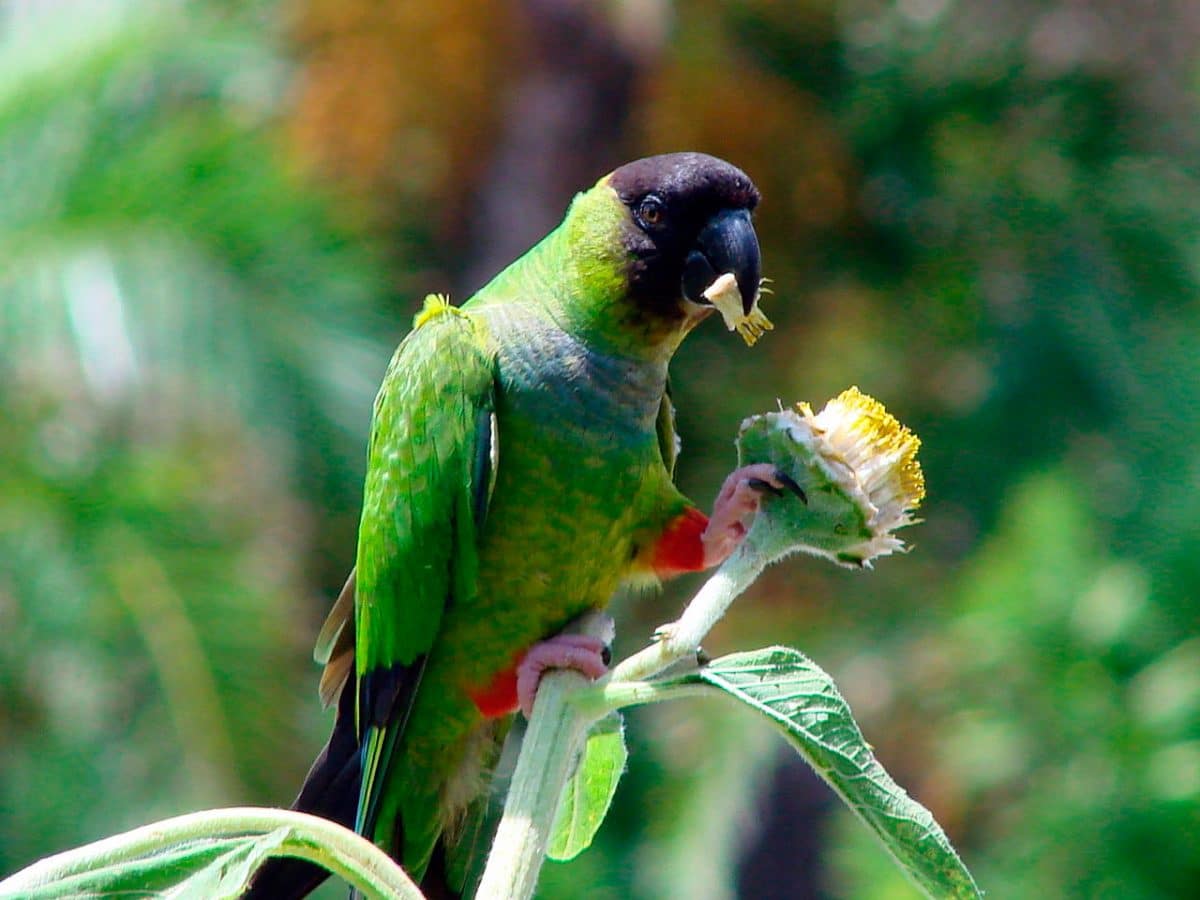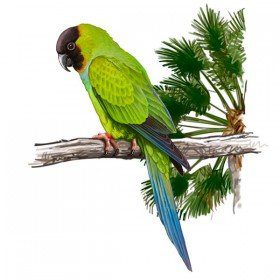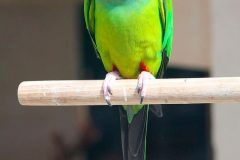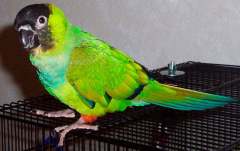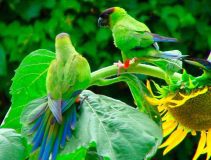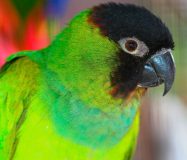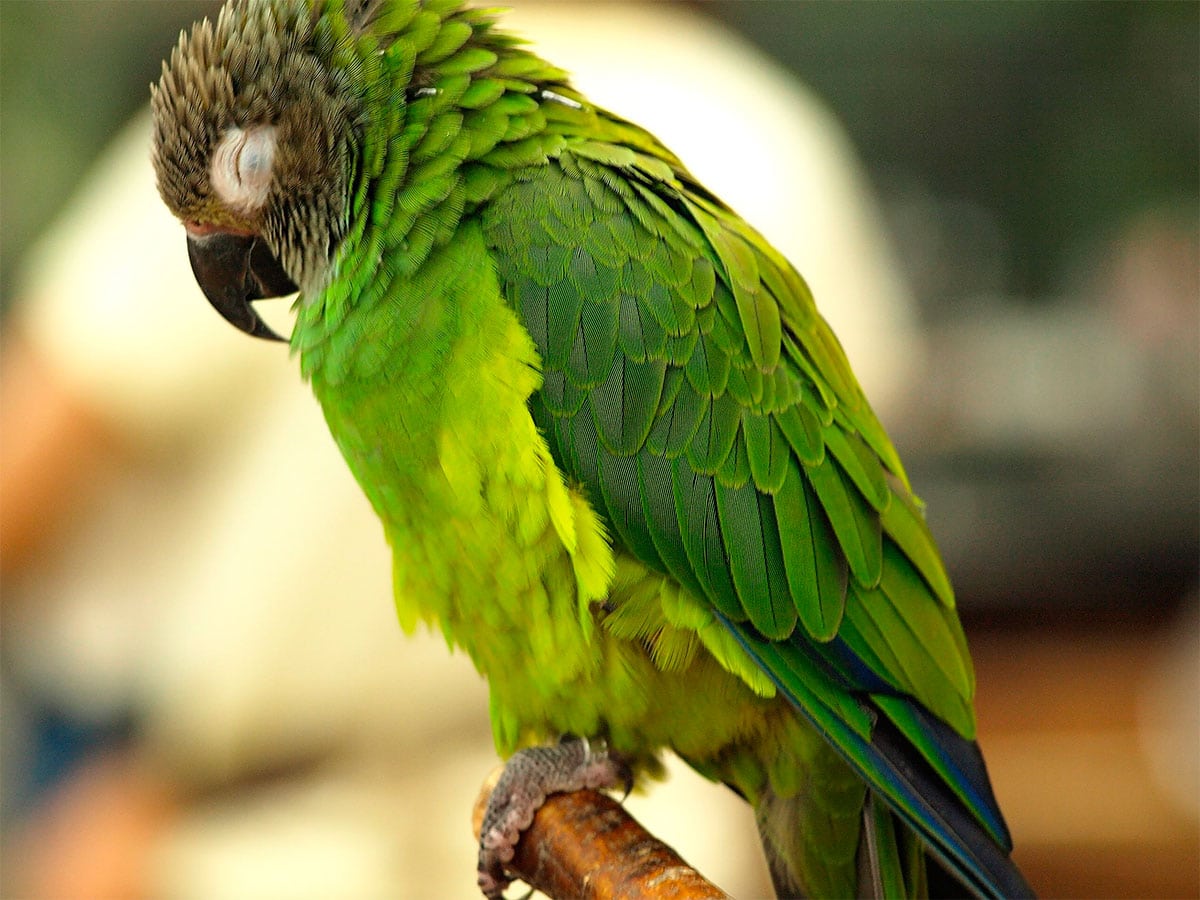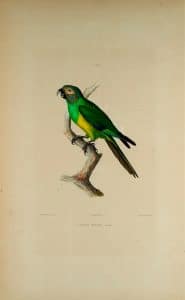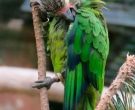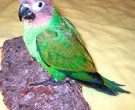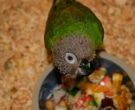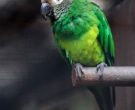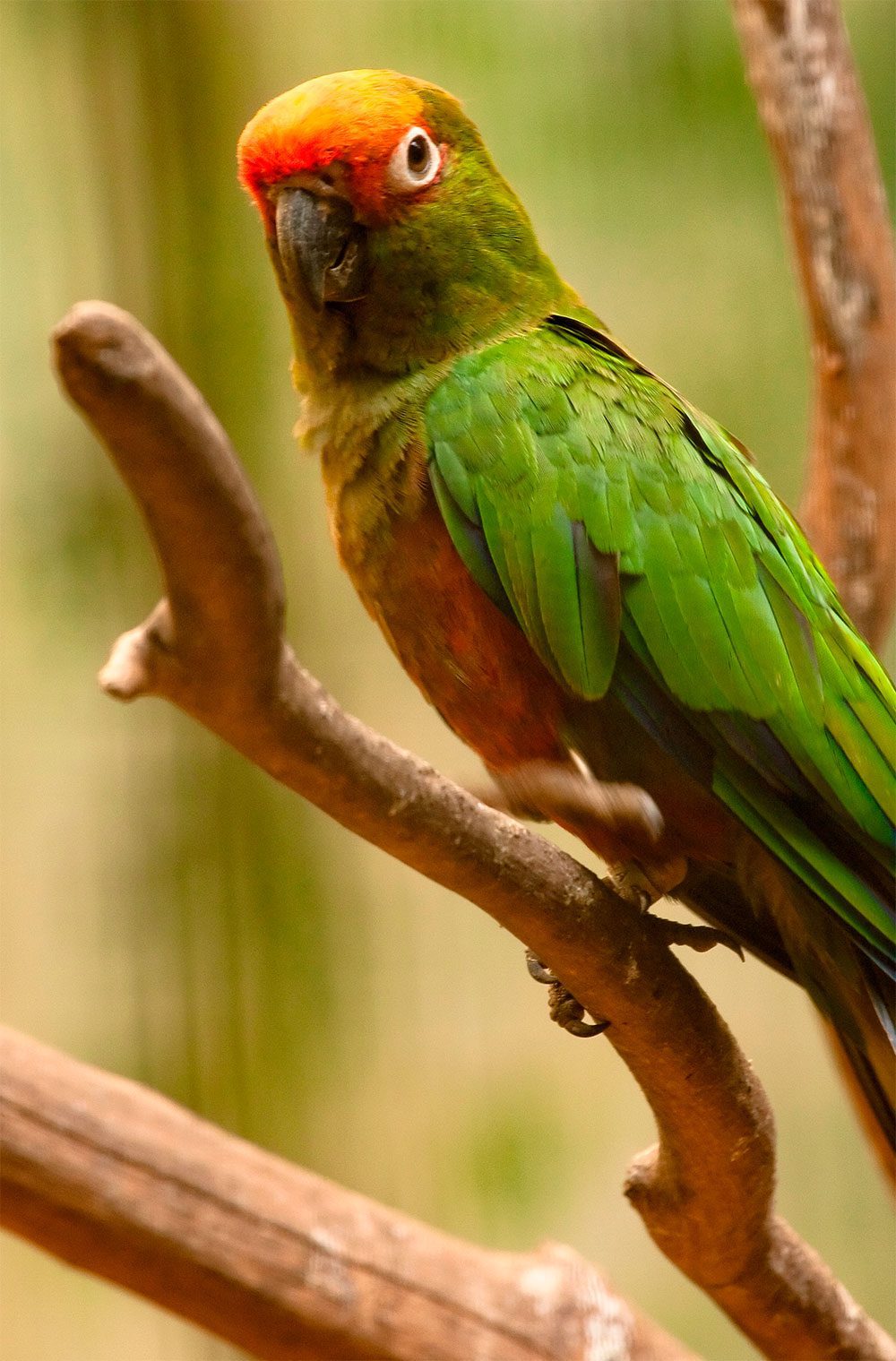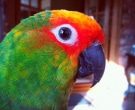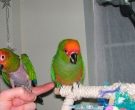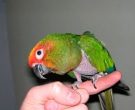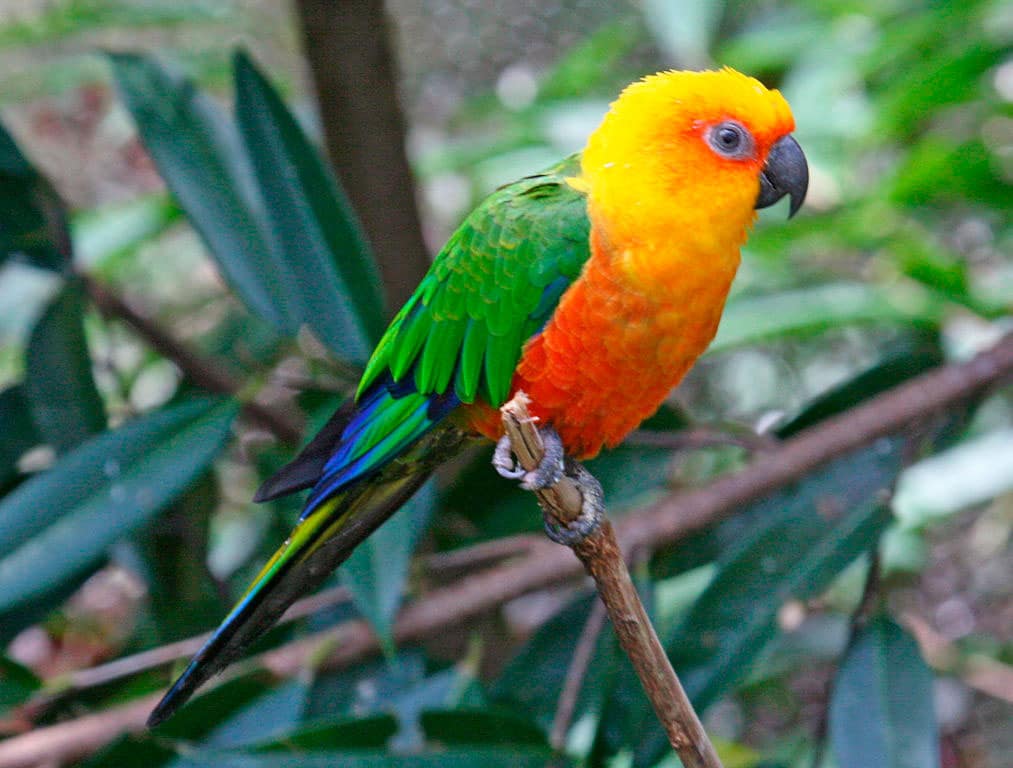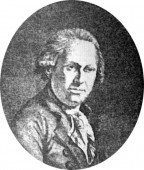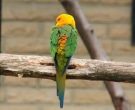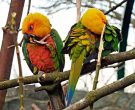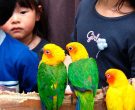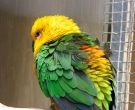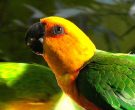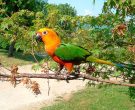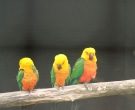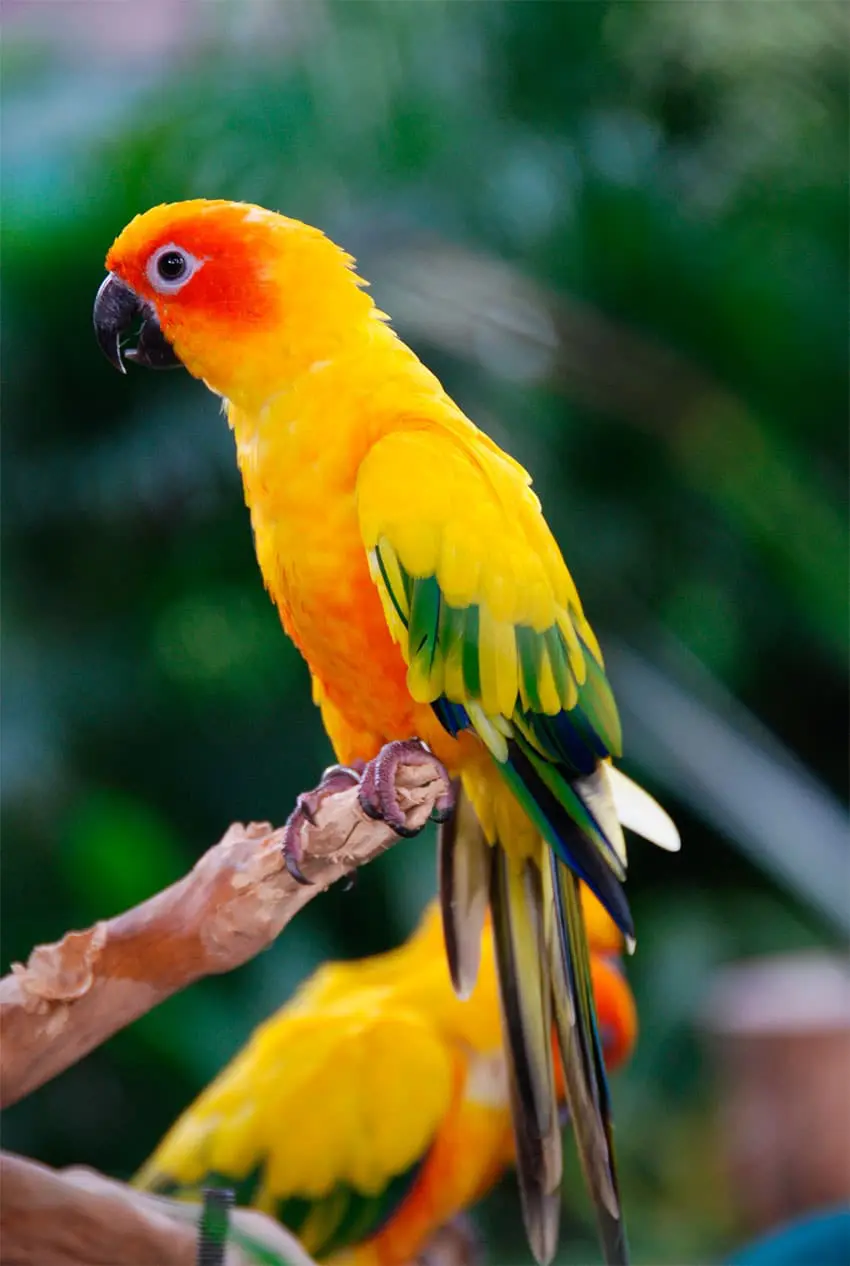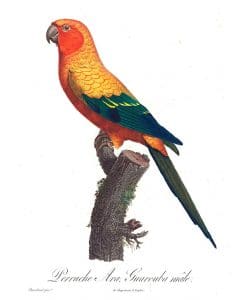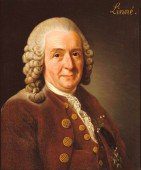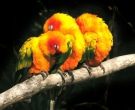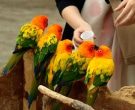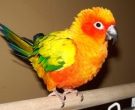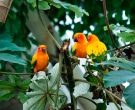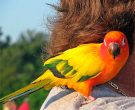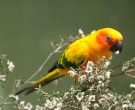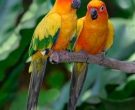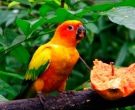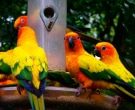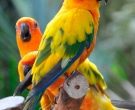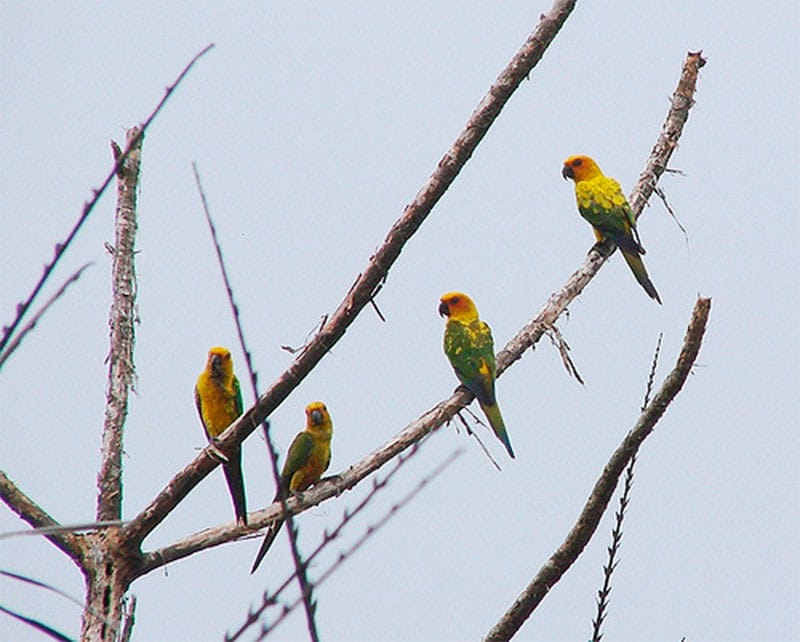Content |
|---|
Nanday parakeet Aratinga nenday
Of a length between 32-37 cm.. and a weight between 120-141 g..
The Nanday parakeet (Aratinga nenday) has the forecrown, crown, lores previous and most of the cheeks tiznadas black: both sides of the neck and ear-coverts pale yellowish green; some feathers Brown or reddish in the margins of the pileum black; the nape grass-green. Mantle and back pale green faded yellowish-green in the rump and uppertail-coverts.
Scapulars mostly green, Although some medium-sized pens are dark blue in the vane inner; under wing-coverts mostly green, with the exception of the primary coverts that are blue. The flight feather dark blue above with vane outer paler in some primaries; then color between Brown and pale black.
Most of the underwing-coverts pale yellowish green. Throat pale yellowish green with shades of pale blue at the top of the chest; underparts remaining of pale yellowish green color, except the the thighs Red and some blue feathers in undertail-coverts.
Upper, the tail reddish brown, distal blue; undertail, dull brown.
The bill black; bare periophthalmic pale grey: the irises reddish brown; legs Pink.
Both sexes similar.
The immature It has less blue on the top of the chest and throat.
- Sound of the Nanday parakeet.
Habitat:
Video – "Nanday parakeet" (Aratinga nenday) |
|---|
The Nanday parakeet they live in open lowland some 800 m, including the Humid or Eastern Chaco (a report on the dry Chaco in Bolivia), wetlands and livestock areas with palms. In the Humid or Eastern Chaco and lower basin of the the Paraguay River they prefer areas with fan palm trees – Copernicia, growing in the seasonal flood plains with xerophytic vegetation drought related, and observed in areas of swamps with Palm trees in the Santa Cruz Department, Bolivia.
Gregaria, with flocks of up to a dozen birds during the breeding season; often several hundred birds congregate at roosts.
Reproduction:
Nest in holes of Palmas, trees or fence posts, for example, of cattle pens.
The breeding season in November in Mato Grosso. The laying is of 3-4 eggs. after breeding to their young, all birds build large communal roosts until the next breeding season.
Food:
Diet Nanday parakeet includes the Palm fruits Copernicia, sometimes taken in the ground.
They can cause damage to the crops, for example, corn.
Often seen in water wells.
Distribution:
Size of the area of distribution (reproduction / resident): 260.000 km2
This species is native from South America from the southeast of Bolivia to the southwest of Brazil, the center of Paraguay and North of Argentina, of the region known as the Pantanal.
The species is found in a band of approximately 200 km from East to West, focusing on the wetlands of the upper basin of the Paraguay River, in the East of the Santa Cruz Department, Southeast Bolivia, South-West of Mato Grosso and West Mato Grosso from the South in Brazil, to the South, by the middle of Paraguay up to the Chaco province, Formosa province and North of Province of Santa Fe in Argentina (occasional in Province of Misiones and Province of Corrientes). A report of the Province of Santiago del Estero is probably wrong.
There are several wild populations in Buenos Aires and California. You can wander, outside the breeding season, the area inside of Central Chaco.
In general locally abundant and common, especially in areas where their favorite plants concentrate. In Argentina they are more numerous in the Formosa province, and is the most common parrot in some parts of Mato Grosso.
Trapped for the bird trade, with more than 114.000 individuals exported from Argentina in the years between 1985-1990, Although many of these birds is probably came from Paraguay.
Note:
Copies released observed in the Canary Islands (Spain), in particular in the South of Tenerife and Fuerteventura, sometimes confused with the Rose-ringed Parakeet. It transpires that the species has been reproduced, In addition, in Andalusia, Catalonia. It has also been observed in points of Madrid, Basque Country and Valencia (Spain).
You escape to the South of Portugal.
Copies also introduced at different points of North America and in Asia.
Conservation:
• Red List category of the UICN current: Least concern
• Population trend: Growing
Global population size has not been quantified, but this species is described as “quite common” (Stotz et to the., 1996).
The species has undergone intense trade: from 1981, When it was included in the Appendix II, 267,246 individuals caught in the wild were recorded in international trade (UNEP-WCMC trade database CITES, January 2005).
Thousands are legally exported from Argentina.
"Nanday parakeet" in captivity:
Very common in captivity.
In captivity they are wonderful pets if care and properly socialized. They all have distinct personalities and appreciate the toys that are provided with. They like to be out of their cage for at least six hours a day..
These birds are escape artists, extremely intelligent and skilful. Some of them speak, others do not, Depending on your personality. They are characterized by having a very strong call and they are not suitable for apartments.
They are birds they reproduce quite easily in spacious accommodations and Cologne. Son, usually, good parents.
There are places, as Puerto Rico, that its possession is illegal.
They can live between 35 and 45 years.
Alternative names:
– Nanday Parakeet, Black-headed Parakeet, Black-hooded Conure, Black-hooded Parakeet, Black-masked Parakeet, Nanday Conure (English).
– Conure nanday, Perriche nanday, Perruche à tête noire, Perruche nanday (French).
– Nandaysittich, Nanday Sittich (German).
– jandaia-de-cabeça-negra, maracanã, nendai, periquito-de-cabeça-preta, Periquito-de-cabeça-preta / Periquito-nandaí, Principe-negro, príncipe-negro (Portuguese).
– Aratinga Nanday, Aratinga Ñanday, Cotorra de Cabeza Negra, Loro Cabeza Negra, Nanday, Ñanday, Ñenday (español).
– Ñanday, Ñenday (Argentina).
– Ñanday (Guarani).
scientific classification:
– Order: Psittaciformes
– Family: Psittacidae
– Genus: Aratinga
– Scientific name: Aratinga nenday
– Citation: (Vieillot, 1823)
– Protonimo: Psittacus nenday
Aratinga Ñanday images:
Sources:
– Avibase
– Parrots of the World – Forshaw Joseph M
– Parrots A Guide to the Parrots of the World – Tony Juniper & Mike Parr
– Birdlife
– Parrot Book, Parrots and macaws
– Photos:
(1) – Feral Nanday Parakeet (also known as the Black-hooded Parakeet or Nanday Conure) eating sunflower seeds in a garden in Sarasota, Florida, USA By Apix (Picasa Web Albums) [CC BY-SA 3.0], via Wikimedia Commons
(2) – Feral Nanday Parakeets (also known as the Black-hooded Parakeet or Nanday Conure) eating sunflower seeds in a garden in Sarasota, Florida, USA By Apix (Picasa Web Albums) [CC BY-SA 3.0], via Wikimedia Commons
(3) – Nanday Parakeet By J. Patrick Fischer (Own work) [GFDL or CC BY 3.0], via Wikimedia Commons
(4) – A pet Black-hooded Parakeet (also known as the Nanday Parakeet and Nanday Conure) By MAULI (originally posted to Flickr as Little Big Mouth) [CC BY-SA 2.0], via Wikimedia Commons
(5) – A pet Nanday Conure, named Jack By Mceder at English Wikipedia (Transferred from en.wikipedia to Commons.) [Public domain], via Wikimedia Commons
(6) – digital illustration /digital illustration – dibuixosnatura
– Sounds: (Xeno-canto)
